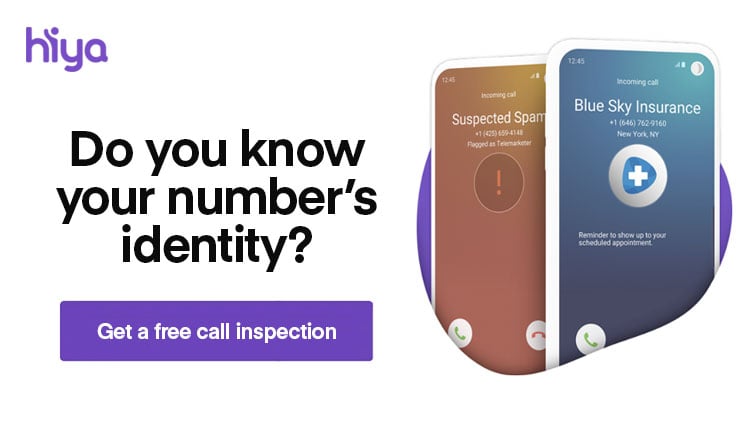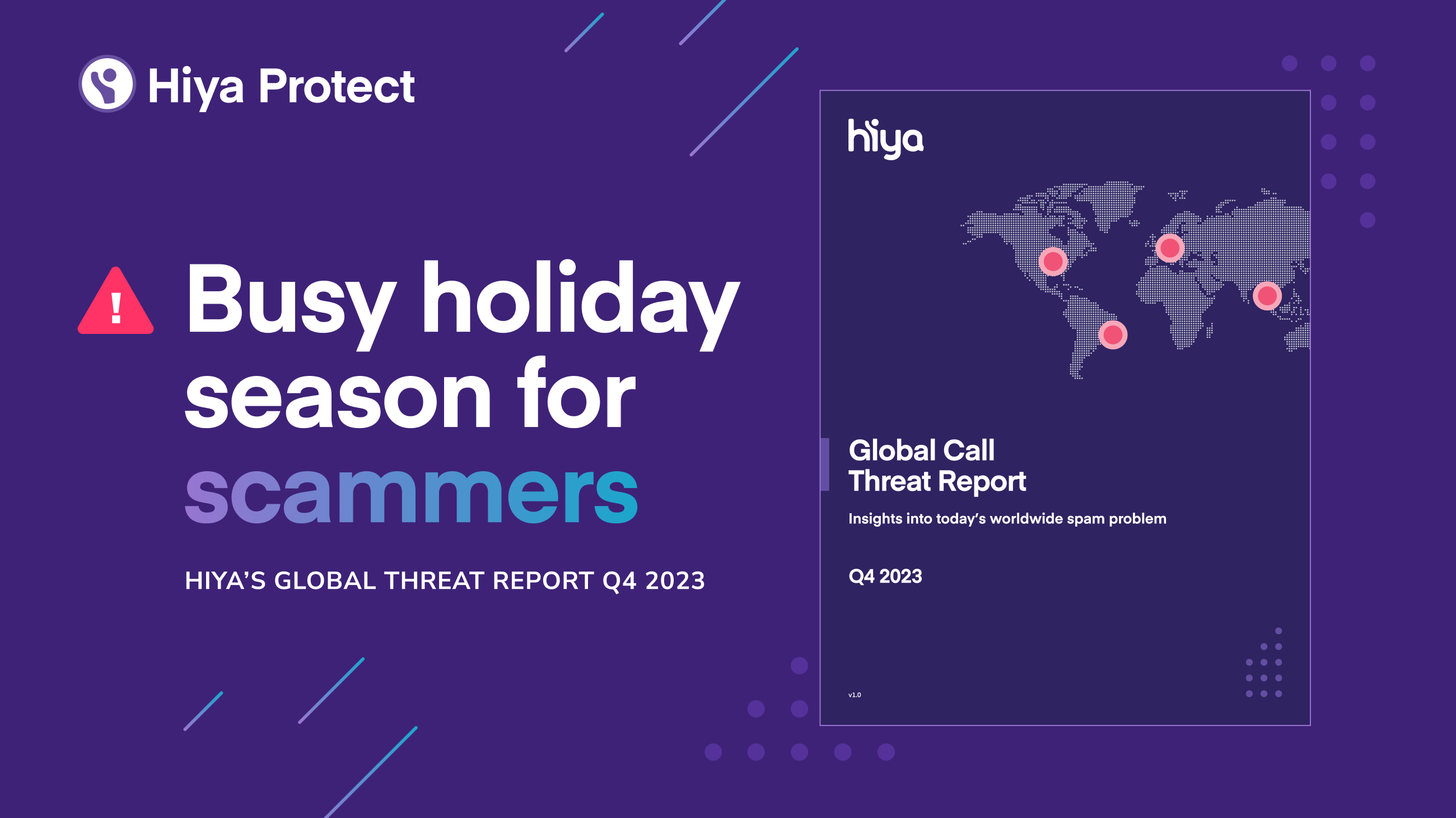According to the Federal Trade Commission (FTC) a debt relief scam is a ruse that targets a consumer with significant credit card debt by falsely promising them to negotiate with their creditors. They prey upon those that are already in financial straits to gather as much information about their identity as possible. A common practice for bad actors is to charge consumers a hefty up-front fee for their services, but fail to help them settle or lower their debts.
What is the Credit National Assist scam?
The Credit National Assist Scam involves fraudsters offering financial help via debt consolidation, lower payments, and credit repair. Scammers adopt the guise of Credit National Assist, a fictitious debt relief service, leading victims into false debt consolidation or settlement promises. Hiya’s Honeypot has captured examples of what this scam could look like:
“Hey, this is Latoya with ASG. This is not the first time we have tried to call and it certainly won’t be the last until we get a resolution. I did want to make you aware that the extra 10% savings applied to your account is only temporary, so I urge you to lock in the settlement now even if you do not have the funds to settle; you can collect a partial payment option or schedule your settlement for a later date. Please resolve this issue before further action is required as we do report to the credit bureaus on all applicable accounts. I urge you to take this seriously and take advantage of this offer now.”
- Captured by the Hiya Honeypot
These scammers use the sensitive nature of debt relief to scare consumers into giving away valuable information. Although the FTC has brought down enforceable action against these predatory scams, it still remains one of the most popular phone scams to this day. As a result of the prevalence of scams — such as the credit national assist scam — 87% of consumers think unidentified calls are fraud.
Debt relief scam popularity
User reports from customers using Hiya Protect showed a height of 1.3M potential debt relief scam calls spanning from September 2022 to the current day. The largest spike was seen in early October of this year. At its peak in early October approximately 4,554 credit national assist calls were made and then captured.
Trends and varieties
The FTC states that the most common varieties of debt relief scams are: general debt relief, auto loan forgiveness, and credit card repair. While general debt relief takes up the majority of these attempted calls, bad actors are always looking for ways to charge a fraudulent fee for potential debt assistance.
The main types of debt relief fraud include:
-
General Debt Relief scams are targeted attacks on vulnerable individuals with possible outstanding payments. Some scams include attacks from automated robocalls that can circumvent a Do-Not-Call list.
- Auto Loan Modification scams will make promises of reducing a customer’s monthly loan or lease payments. These scams typically come with a threat of repossession.
- Credit Card Repair scams also target those experiencing financial issues. These vulnerable and distressed individuals are lured into purchasing credit reduction services; most of these fraudulent services require an upfront payment as well as relinquishing of personal information.
“Hi there it’s Micheal from Credit National Assist and I'm just following back up with your online request for getting some financial help. I was able to get your approval, but just know that the program does have limited openings so just call back to finalize the details. Anyone can help you in case I'm busy with someone. I hope this helps! Talk soon…”
- Captured by the Hiya Honeypot
In 2010 the FTC amended its Telemarketing Sales Rule to include protections for those seeking debt relief services. Under this rule, for-profit companies are prohibited from selling their services with an upfront fee.
Regardless of the variation of debt relief scams, a legitimate service will never ask you for an upfront payment before any services are actually rendered.
Pick-up rate and call duration
The success of a scam can be determined by its pick-up rates and call duration. Out of a potential 1.3M debt relief scam calls, about 8.5% were answered (at its peak in the fall of 2022); this means that approximately 110,500 potentially illegitimate debt relief calls were answered. This hefty number of successfully connected calls is verified by a substantial average call duration.
Both attempted and successful calls have a recorded call duration and successfully captured calls greatly vary depending on pick-up rates. For example, attempted calls that don’t involve immediate pickups are typically resolved within 45 seconds of placement.
For successful calls, however, this predatory scam can last upwards of 10 minutes. This is most likely due to the sensitive nature of the topic of conversation; bad actors know that debt relief puts their victims in an anxious and vulnerable state: and they will use this knowledge to their advantage.
“Hello, my name is David Fuller with the division of economic impact with an important state-wide update regarding the new economic impact debt relief program. We are required by the state to inform those on the list that they have special enrollment in the program regarding their outstanding tax debt. This economic impact program has been designed to significantly reduce or eliminate your tax debt. This is a big savings for those struggling with tax debt.”
- Captured by the Hiya Honeypot
How to fight back against scam calls
While these scam techniques can prove to be highly effective, Hiya offers a variety of solutions to fight back. According to Hiya’s State of the Call Report 2023, 1 in 3 consumers say an impersonated call made them suspicious of any calls coming from that business.
Carriers can protect their customers from phone scams by adding Hiya Protect, which blocks or labels spam and scam calls with high accuracy, without blocking essential calls. It is used by carriers, mobile phone manufacturers, and network providers looking to create a differentiated voice offering and increase customer satisfaction. Not only does it block or label known spam numbers, but Adaptive AI identifies the patterns of spammers and blocks spam campaigns in their earliest stages.
Enterprises can help their customers feel safe answering the phone by adding Hiya Connect, which enables businesses to display their company name, logo, and reason for the call on the recipient’s mobile phone.
72% of consumers say they're more likely to answer if they know who's calling, and with branded caller ID, the caller is effectively identified so customers will not be afraid to answer their phones. Individuals can check with their phone carrier to see if it offers spam/scam-blocking capabilities. If not, ask your carrier to consider adding Hiya Protect.
Build trust with your customers
Displaying a branded caller ID means that customers know your call is coming from a legitimate business and is not a scam. They'll actually pick up the phone and you'll be able to communicate important information.
When evaluating branded caller ID solutions, there are a few questions you should ask. Check out Hiya’s Branded Call Checklist and Buyer's Guide to get the full list and make the best decision for your organization.












